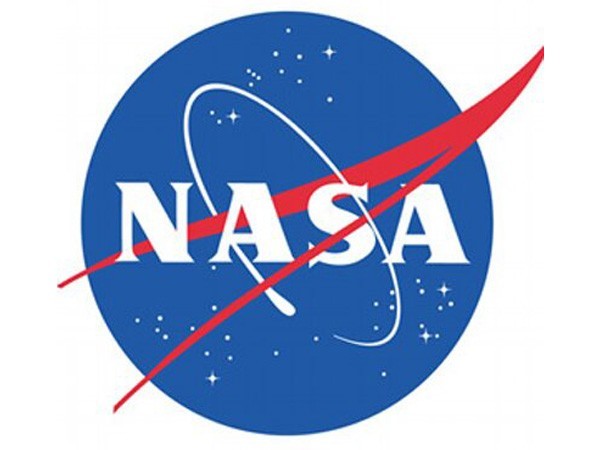Science News Roundup: NASA sets out to buy moon resources mined by private companies; A scan of 10.3 million stars turns up no sign of aliens and more
More than 100 mammoth skeletons have been identified spread across nearly 200 excavation sites, along with a mix of other Ice Age mammals, in the area destined to become the Mexican capital's new commercial airport.

Following is a summary of current science news briefs.
NASA sets out to buy moon resources mined by private companies
NASA on Thursday launched an effort to pay companies to mine resources on the moon, announcing it would buy from them rocks, dirt and other lunar materials as the U.S. space agency seeks to spur private extraction of coveted off-world resources for its use. NASA Administrator Jim Bridenstine wrote in a blog post accompanying the announcement that the plans would not violate a 1967 treaty that holds that celestial bodies and space are exempt from national claims of ownership.
A scan of 10.3 million stars turns up no sign of aliens - yet
Scientists have completed the broadest search to date for extraterrestrial civilizations by scanning roughly 10.3 million stars using a radio telescope in Australia, but have found nothing - not yet, at least. Seeking evidence of possible life beyond our solar system, the researchers are hunting for "technosignatures" such as communications signals that may originate from intelligent alien beings.
Mexican airport site emerges as major graveyard of Ice Age mammoths
Amid busy construction crews racing to build an airport in Mexico, scientists are unearthing more and more mammoth skeletons in what has quickly become one of the world's biggest concentrations of the now-extinct relative of modern elephants. More than 100 mammoth skeletons have been identified spread across nearly 200 excavation sites, along with a mix of other Ice Age mammals, in the area destined to become the Mexican capital's new commercial airport.
(With inputs from agencies.)
- READ MORE ON:
- NASA
- Jim Bridenstine
- Australia
- Mexico
- COVID-19
ALSO READ
From sci-fi to sky-high: NASA's next-gen solar sail set to take flight
India-born researcher led NASA's sounding rockets mission during solar eclipse
NASA's planet hunter enters safe mode, science operations paused
SpaceX and Blue Origin developing cargo landers for NASA's missions to Moon
Science News Roundup: NASA seeks cheaper ideas for Mars sample return mission amid budget crunch; Dinosaurs displayed a fast growth rate from the very beginning and more










